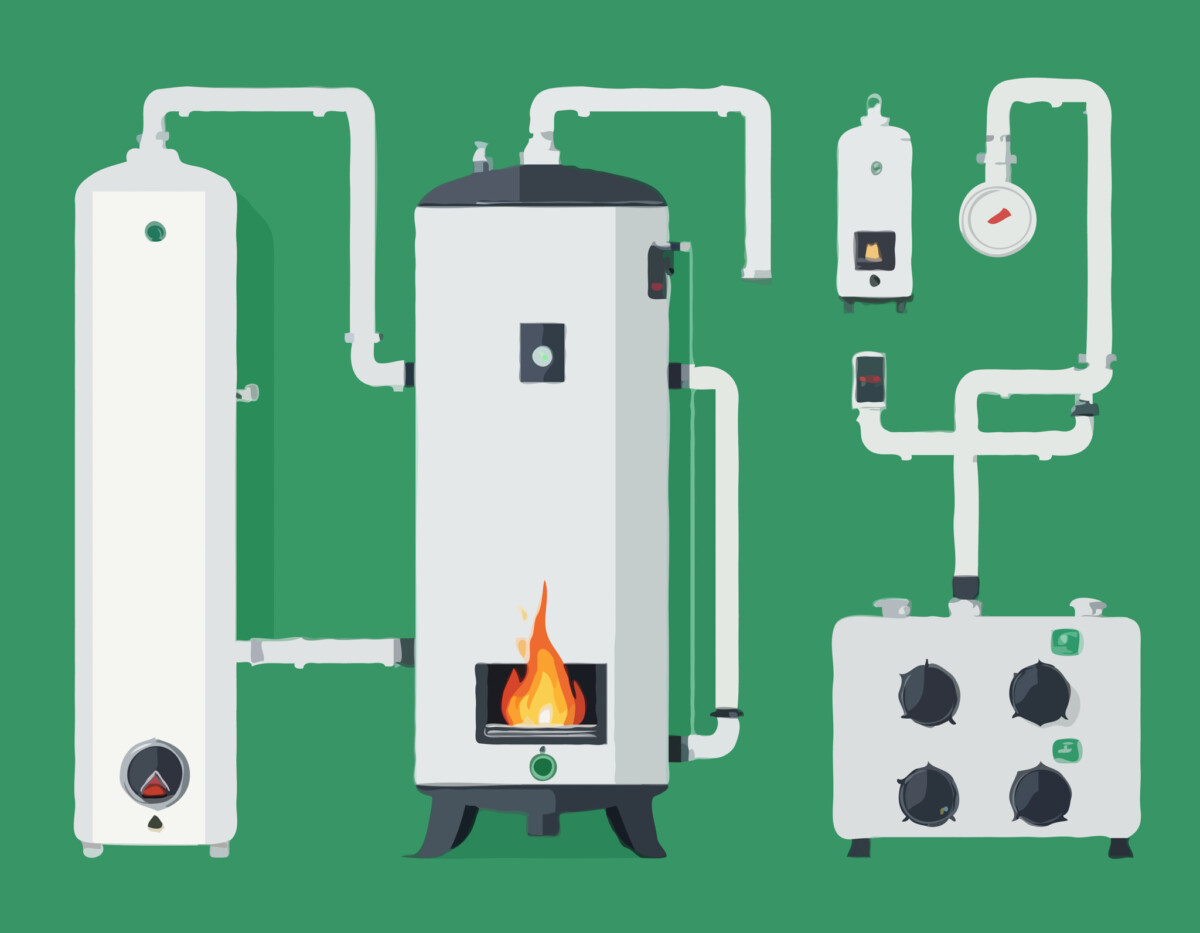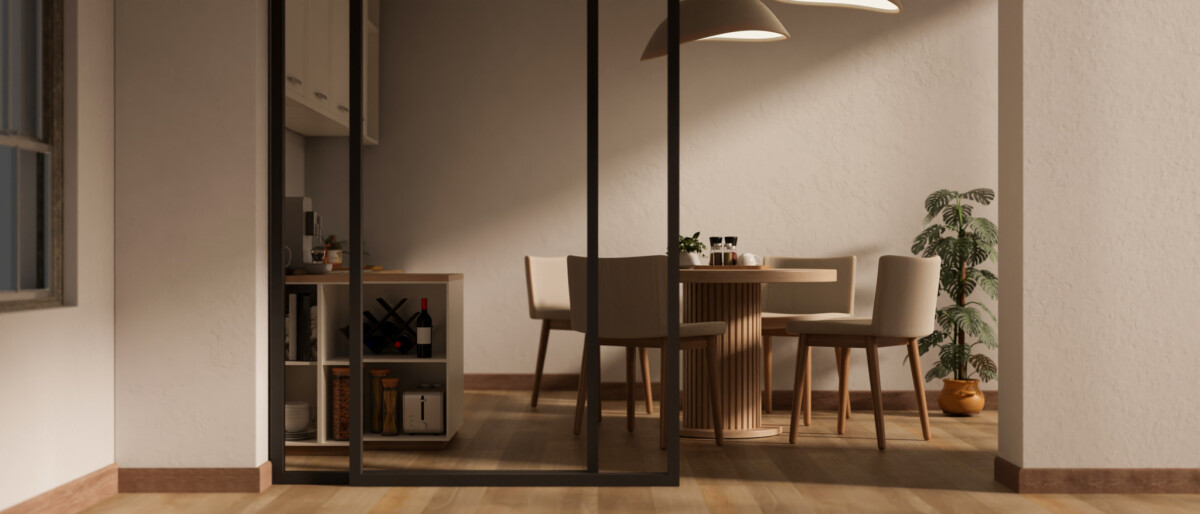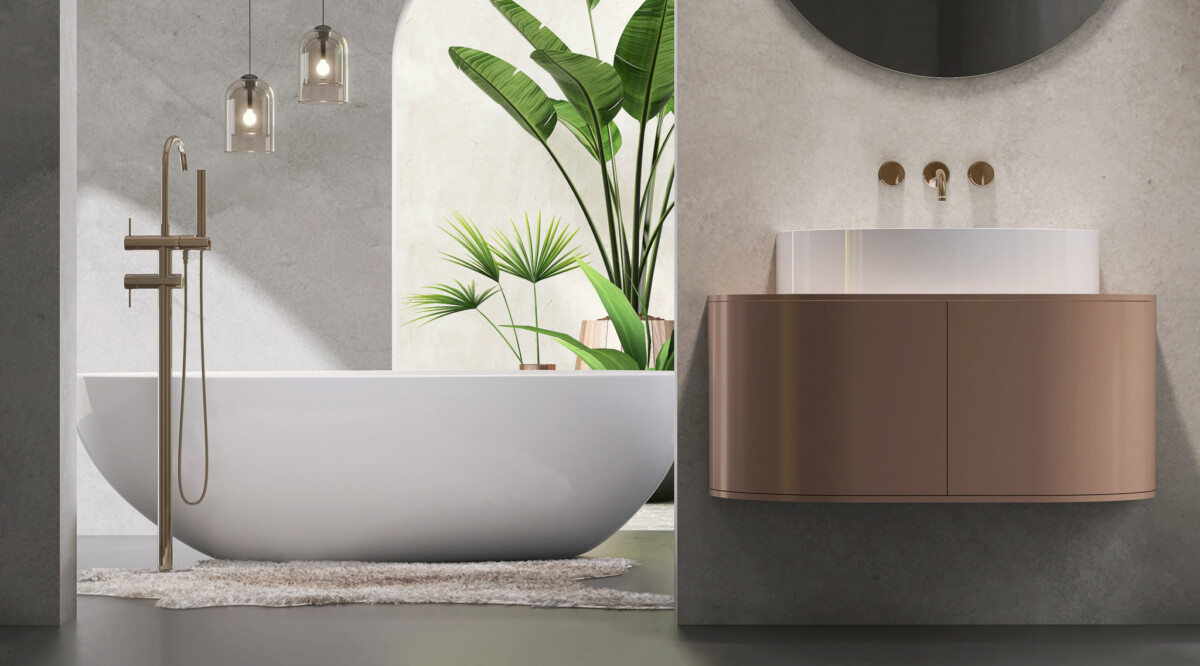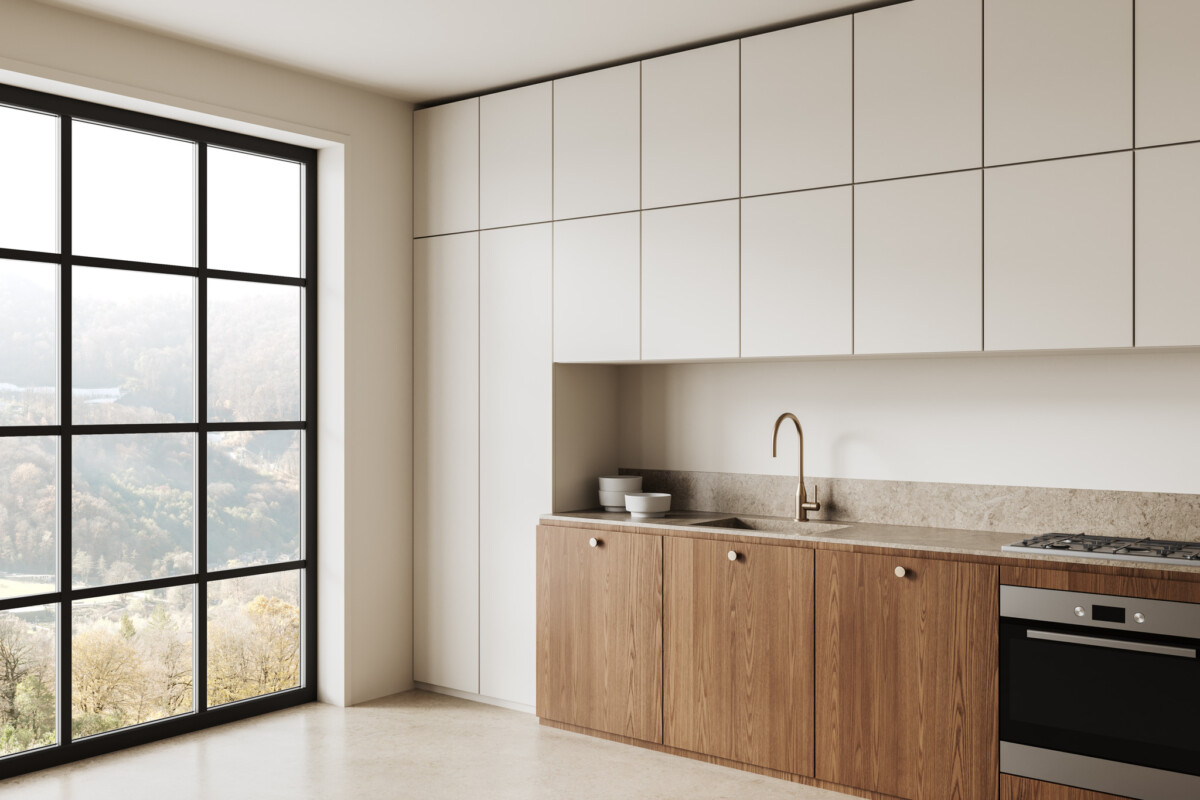Heating is one of the most essential components of a comfortable, livable home—especially in areas that experience cold winters. When building a new home, choosing and planning for the right furnace system isn’t just a technical decision; it directly impacts your energy bills, indoor air quality, and overall comfort. Furnacing a home is more than just buying equipment—it involves careful planning, understanding your home’s heating needs, and ensuring efficient installation. Here’s a step-by-step guide to help you plan to furnace your new home effectively.
Step 1: Assess Your Heating Needs
Before choosing a furnace, assess your home’s heating requirements. This depends on several factors:
- Size of the home: Larger homes require furnaces with higher heating capacity.
- Layout and design: Open-concept homes may heat differently than homes with many closed rooms.
- Climate zone: A home in Minnesota requires a furnace different from one in Georgia.
- Insulation and materials: Well-insulated homes retain heat better, allowing for smaller or more efficient heating systems.
A heating contractor can perform a Manual J Load Calculation to determine the appropriate heating load. This ensures you select a furnace that’s neither too big (which causes frequent cycling and inefficiency) nor too small (which won’t adequately heat the home).
Step 2: Choose the Right Type of Furnace
There are several types of furnaces available, each with its pros and cons:
1. Gas Furnaces
- Pros: Most common in North America; affordable operation; heats quickly.
- Cons: Requires access to natural gas; installation cost may be high if gas lines aren’t nearby.
2. Electric Furnaces
- Pros: Cheaper to install; no combustion emissions; safer in areas without gas infrastructure.
- Cons: Higher energy costs; may be less effective in frigid climates.
3. Oil Furnaces
- Pros: Good for areas without gas lines; high heat output.
- Cons: It requires an oil storage tank, more maintenance, and fluctuating oil prices.
4. Propane Furnaces
- Pros: Great alternative for rural areas; efficient; relatively low emissions.
- Cons: Requires a propane tank; fuel delivery coordination is needed.
5. Dual-Fuel Systems
- Pros: Combine a heat pump with a gas furnace; automatically switch between electricity and gas for optimal efficiency.
- Cons: More expensive upfront, but energy savings can offset costs.
Step 3: Prioritize Energy Efficiency
Furnaces are long-term investments, so choosing an energy-efficient model can save you thousands. Look for these key indicators:
- AFUE Rating (Annual Fuel Utilization Efficiency): This rating indicates how efficiently a furnace converts fuel into heat. Higher AFUE = better efficiency.
- 80% AFUE means 80% of fuel becomes heat, and 20% is wasted.
- High-efficiency models have AFUE ratings of 90-98%.
- ENERGY STAR Certification: This federal label ensures that the unit meets strict energy efficiency standards.
- Variable-speed blowers and modulating burners: These advanced features adjust output and airflow based on real-time needs, improving comfort and reducing energy use.
Step 4: Design Your Ductwork System
An efficient furnace is only as good as the ductwork that distributes heat throughout your home. Ductwork planning should happen during the home’s architectural design phase to ensure:
- Proper sizing: Ducts must be sized to carry air volume to each room.
- Efficient layout: Short, direct ducting runs reduce energy loss and improve airflow.
- Zoning: For larger homes, zoning allows different areas to be heated independently using thermostats and dampers.
Leaky or poorly designed ductwork can cause significant heat loss, inconsistent temperatures, and higher utility bills. Working with HVAC professionals early ensures your ductwork supports your furnace’s performance.
Step 5: Incorporate Smart Thermostat Technology
Modern thermostats can significantly improve furnace efficiency. Smart thermostats, such as those from Nest, Ecobee, or Honeywell, learn your habits and adjust heating automatically. Benefits include:
- Reduced energy waste when you’re not home.
- Remote control from your smartphone.
- Usage reports and maintenance reminders.
Smart thermostats are especially beneficial in new homes because they can be integrated during construction, avoiding retrofit complications.
Step 6: Plan for Proper Ventilation and Air Quality
Furnaces affect not only heat but also indoor air quality. It’s essential to plan for:
- Fresh air intake: Mechanical ventilation systems ensure fresh air enters, especially in tightly sealed homes, without sacrificing energy efficiency.
- Filtration systems: Upgrade from basic filters to HEPA or electrostatic filters if you have allergies or pets.
- Humidifiers/Dehumidifiers: Central humidifiers help combat dry winter air, while dehumidifiers prevent mold and mildew during warmer months.
Ventilation planning ensures your furnace doesn’t negatively impact indoor comfort or health.
Step 7: Hire Licensed HVAC Professionals
While DIY projects can be rewarding, furnace installation is not one of them. Hire certified HVAC professionals who can:
- Perform accurate heat load calculations.
- Help you choose the right size and model.
- Ensure safe and code-compliant installation.
- Register warranties and provide ongoing service.
Ensure your contractor is licensed, insured, and has experience with the type of furnace you’re installing. Ask for referrals and read online reviews before making a final decision.
Step 8: Budget for the Full Installation
The cost of installing a furnace varies widely depending on the system’s type, brand, and complexity. On average:
- Gas furnace: $2,500–$6,000
- Electric furnace: $1,500–$3,500
- Oil furnace: $4,000–$6,000
- Dual-fuel system: $6,000–$10,000
Include costs for ductwork, thermostats, permits, and professional labor in your budget. Some regions offer rebates for installing high-efficiency systems—check local and federal programs.
Step 9: Plan for Future Maintenance
Every furnace requires regular maintenance to operate efficiently and safely. Include a maintenance schedule in your planning:
- Annual professional inspection: Recommended before each heating season.
- Filter replacement: Every 1-3 months, depending on filter type and home conditions.
- Duct cleaning: Every 3-5 years, or sooner if you have pets or allergies.
Consider buying a service plan from your installer to cover maintenance visits and priority repair services.
Conclusion
Planning to furnace a new home isn’t just about choosing a heating unit—it’s about understanding your home’s needs, energy goals, and long-term comfort. By taking a holistic approach—starting with load calculations and ending with smart technology integration—you’ll enjoy a warm home, save on energy costs, and reduce your environmental footprint. Whether building your dream home or overseeing a new development, proper furnace planning is a vital step that sets the foundation for comfort and efficiency.
Thank you for reading! If you enjoyed this article and want to explore more content on similar topics, check out our other blogs at Sonic Loans, Sonic Realty, and Sonic Title. We have a wealth of information designed to help you navigate the world of real estate and finance. Happy reading!
Are you looking for the right loan? Check out Sonic Loans for tailored mortgage solutions that make home financing simple and efficient.
Top ROI Neighborhoods in Allen Park, Michigan
What First-Time Homebuyers in Dearborn Should Know
Home Staging Tips That Work in Allen Park
How Inflation Affects Home Loan Rates in Michigan
Why Millennials Are Flocking to Garden City
Remote Online Notarization in Livonia (RON Laws Explained)
First-Time Buyer Loan Programs in Allen Park: A Complete Guide
2025 Real Estate Market Forecast for Dearborn, Michigan
Understanding Local Market Statistics for Homes










